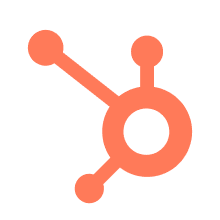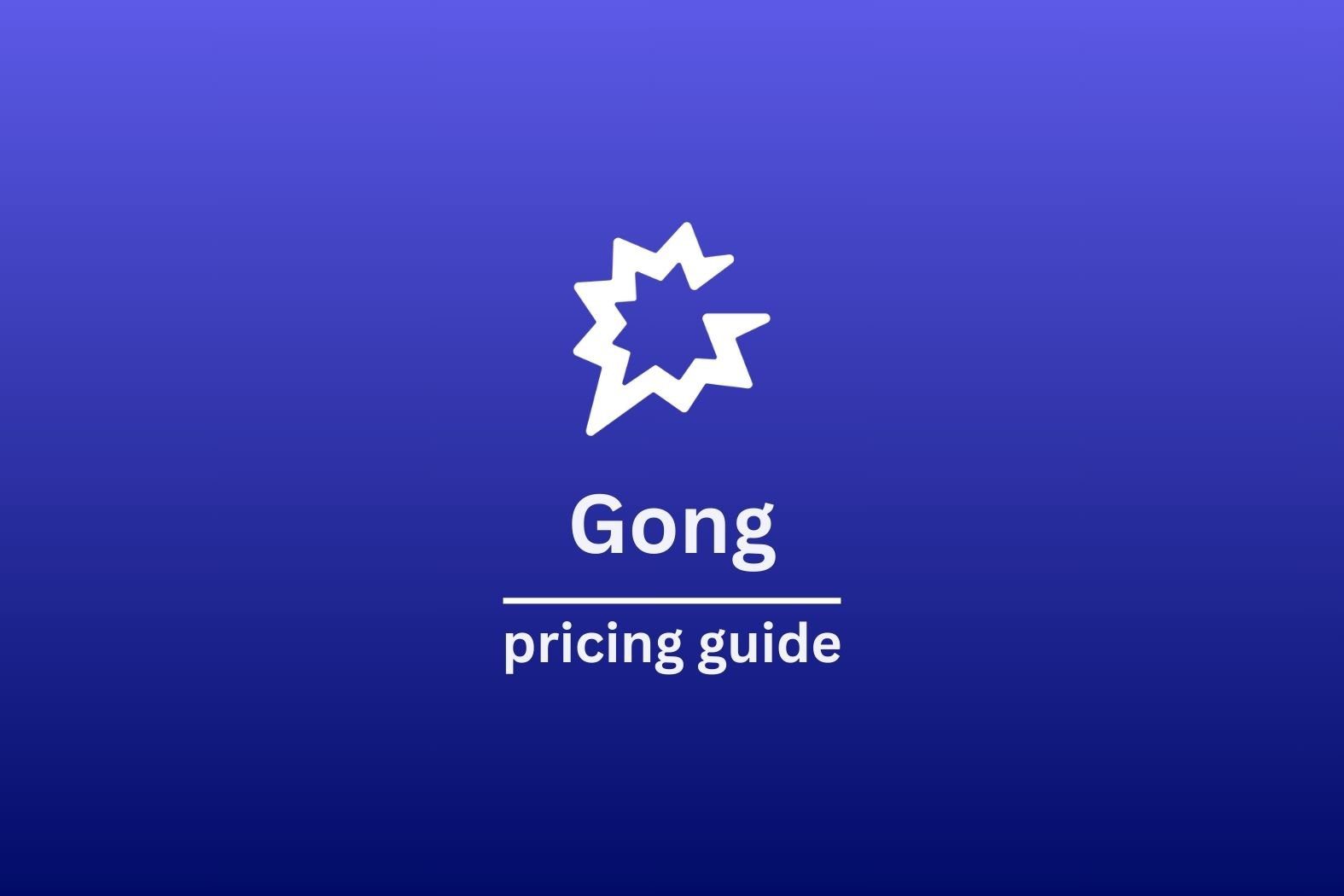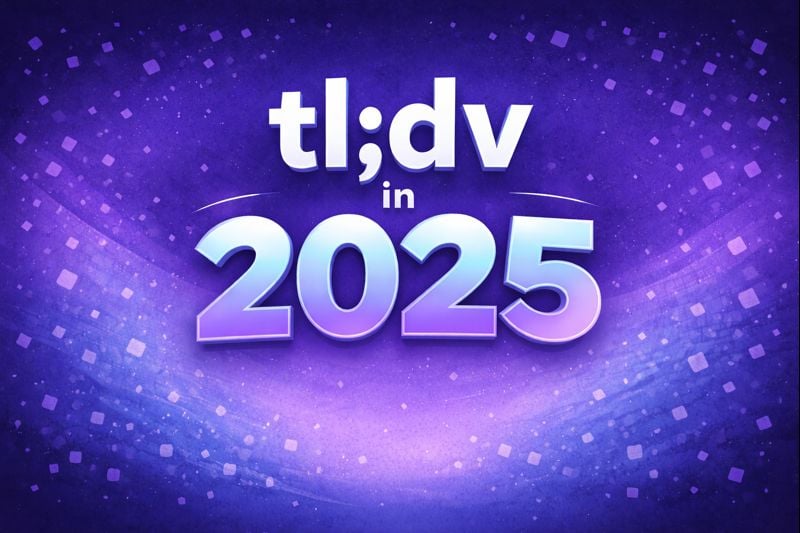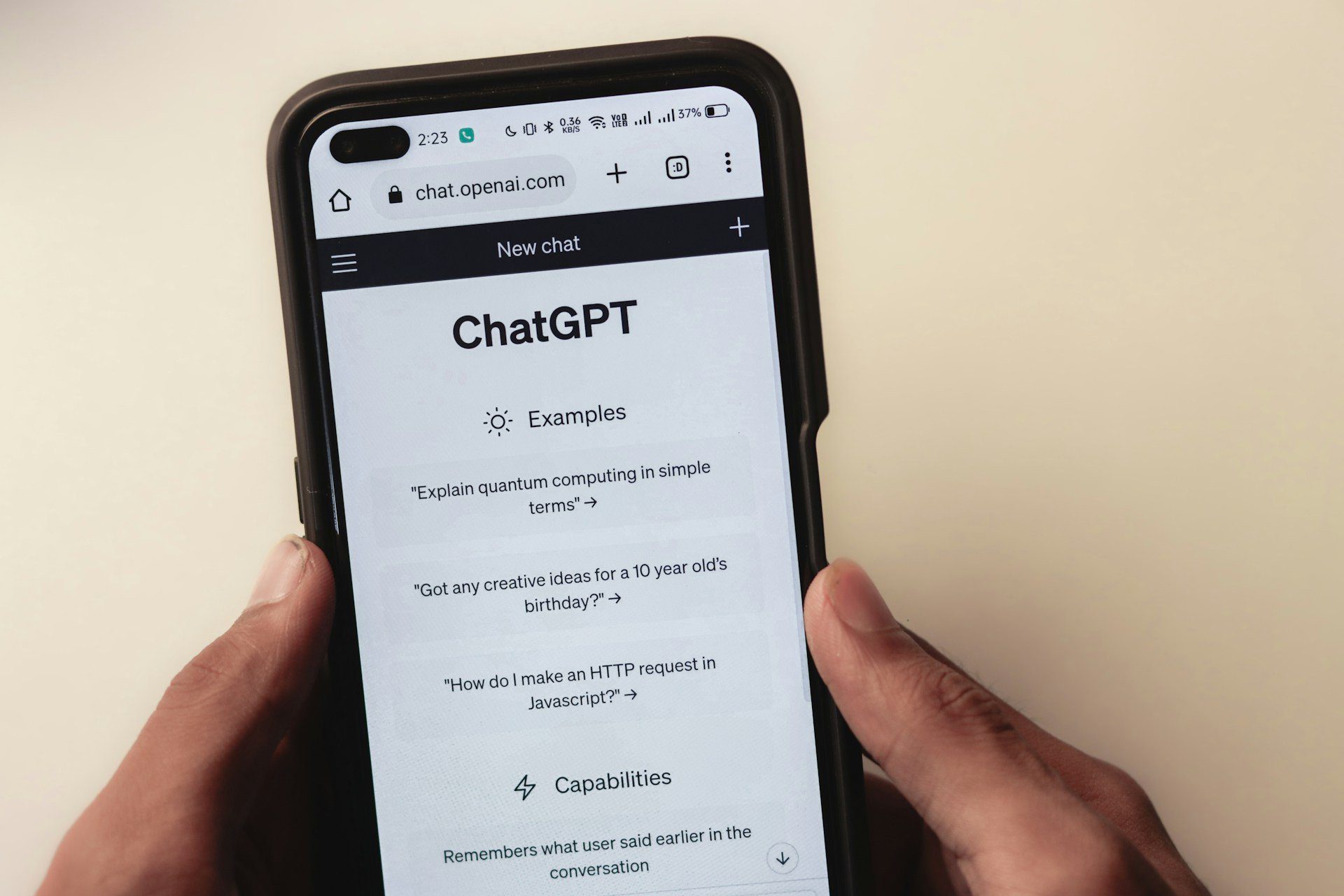C-Suite life is a balancing act. You’re expected to squeeze efficiency out of every corner of the business, trim costs where possible, and still keep people happy and productive. In that environment, free AI note tools look like small victories.
Why pay for something when you’ve already got Microsoft Copilot, Google Gemini, or Zoom’s built-in AI assistant bundled into your existing stack?
It feels smart. It feels lean. It feels like the kind of pragmatic decision shareholders would applaud. Yay, go you! You saved the company money.
But here’s the problem: free isn’t actually free.
It comes with hidden costs. The kind you don’t see on a budget spreadsheet, but which creep in over time.
Free AI note features are designed to work for everyone in the most basic way possible. That makes them great at doing the bare minimum, but terrible at scaling across a business that needs consistency, governance, and integration.
TL;DR? This Is The Topline of FREE Note Taking Tools
- Free AI note tools look like a cost saving but only deliver the bare minimum
- Different teams end up using different systems, so knowledge gets scattered and context is lost
- Meeting overload turns this into a bigger drain, with wasted hours and repeated conversations
- Free tools encourage shadow AI, as employees turn to unsanctioned apps that create compliance risks
- The result is missed opportunities, lost momentum, and hidden costs that never show up on a budget line
- Dedicated meeting platforms solve this by creating one source of truth, capturing action items, and turning meetings into real organisational value
Free Doesn’t Mean “The Best”
Imagine relying on the free hotel pen to sign a multi-million-pound contract. Technically, it works. But the ink smudges, it runs out halfway, and you wouldn’t exactly call it boardroom-ready.
That’s what happens when you rely on free AI meeting notes to capture your company’s collective memory.
At first, it looks like you’re saving money. Then you discover every department has adopted their own “system.” One team uses Copilot in Teams, another dumps Gemini summaries into Docs, someone else records with Otter’s free tier.
Suddenly your company knowledge is scattered across inboxes, chat threads, and half-finished transcripts. Ideas are missed. Action items get lost. Important context disappears. And the time you thought you were saving turns into hours spent re-aligning, chasing, and re-explaining.
The truth is, the freebie version of AI meeting tools isn’t designed for serious business use. It’s there to get you hooked, to give you a taste of what AI can do, and then to gently push you toward a dedicated platform when you realize the gaps. The question isn’t whether AI meeting assistants add value. They do. The question is whether you want the bare minimum, or the version that actually helps your organization work smarter at scale.

The Meeting Overload Crisis
Every leader knows meetings are both necessary and expensive. They’re where decisions should be made, ideas shared, and teams aligned. The trouble is, they’ve multiplied. Atlassian’s recent workplace survey found that 73% of knowledge workers feel weighed down by meetings to the point it’s hard to get actual work done. That’s not a small inefficiency, it’s a productivity drain that stretches across entire organisations.
On average, employees now spend close to 15 hours a week in meetings. Even though that’s a reduction from pandemic highs, it still equates to almost two working days dedicated to talking rather than doing. And when researchers ask how useful those hours are, about half of meeting time is considered wasted. People multitask, zone out, or repeat discussions already had elsewhere.
This isn’t just frustrating for individuals, it’s expensive for businesses. Some estimates put the cost of unproductive meetings at over $25,000 per employee, per year, according to a survey. Multiply that across headcount and the financial impact rivals line items most CFOs track obsessively.
That’s the context in which AI meeting assistants have surged in popularity. They promise to give people time back by handling the tedious parts: capturing notes, distilling action items, and creating summaries so attendees can focus on the conversation. Microsoft’s own study found that users of Copilot started saving around 14 minutes a day on average, and the most consistent users began to skip some meetings altogether, relying on AI-generated recaps to stay informed.
It’s clear why the appeal is strong. Meeting overload is real, the numbers are significant, and executives are under pressure to make work more efficient. But before assuming the free tools bundled into your existing software stack are enough to solve this problem, it’s worth looking more closely at what “free” actually delivers, and what it leaves on the table.
Free Tools = Lowest Common Denominator
And then there’s the hidden maths. Let’s say you “save” $50 per seat each year by not paying for a dedicated meeting intelligence platform.
With 500 employees, that’s $25,000 avoided. It looks like a win in your budget review.
But take the productivity angle: Microsoft’s own data (linked above) shows consistent daily time savings, which might sound small in isolation but scale dramatically across a whole organization.
- 14 minutes x 220 working days = 51 hours saved per employee, per year
- At an average loaded cost of $50/hour, that’s $2,550 of reclaimed value per employee
- Across 500 employees, you’re looking at $1.27 million in annual productivity gain
The catch? That level of gain only materializes when the tool is used consistently, integrated properly, and scaled across the organization.
Freebie AI features rarely hit that mark. Fragmented adoption means you might claw back 20% of that potential at best, while the rest leaks away into duplicated work, lost follow-ups, and time wasted hunting for the right transcript.
So while “free” saves you $25,000 on licences, it quietly erodes over $1.27 million in missed productivity. This is a generalized view, of course, but it highlights just how easily value seeps away. And that’s before even accounting for the more abstract losses, like delayed decisions, employee frustration, or the opportunity cost of work that never gets done.

The Hidden Costs of “Free”
Delving in deeper on this, on the surface, “free” AI note tools feel like a pragmatic choice. They tick a box without adding a cost line, and in the short term, everyone has something to work from. But when you zoom out, the cracks turn into fault lines. And these aren’t abstract risks, they’re the kinds of scenarios companies have already reported in research studies and industry surveys.
The “Missed” Opportunity
A mid-sized SaaS firm ran a product workshop that seemed productive. Marketing captured their notes in Copilot, engineering relied on Gemini, and customer success forwarded an Otter transcript. By Friday, three different versions of the same meeting were circulating. None of them matched. When leadership asked which feature had been prioritised, every department gave a different answer.
This isn’t a one-off thought experiment. Metrigy’s research found that the highest-value use cases for meeting AI are decision capture and action item tracking, because when those aren’t captured, organisations lose momentum. In this case, the idea that could have made the next release window disappeared in the noise. Six months later, a competitor launched something similar. Free had cost them a first-mover advantage.
The Compliance Stumble
In financial services, the story repeats itself. An account manager eager to impress a client used a free AI tool to generate quick summaries after calls. It worked… until compliance discovered those notes were stored on a third-party server. Microsoft’s own Work Trend Index warns about this: 78% of employees using AI at work are doing so with tools not provided by their company. That shadow AI creates blind spots that legal and security teams often only uncover after the fact. What looked like a clever time-saver had become a reputational and regulatory headache.
The Everyday Friction
And then there’s the day-to-day drain. Employees copying and pasting action items into project tools. Managers hunting through inboxes for the “right” version of notes. Teams retyping decisions into CRMs because the AI didn’t integrate properly.
Anecdotally, professionals often say automated action items and summaries are the biggest time-saving features, which implies that without them, people are stuck doing the work manually. Ten minutes here, twenty minutes there, multiplied across hundreds of employees and thousands of meetings, turns into thousands of hours wasted.
These are the hidden costs of “free.” Not always visible on a balance sheet, but real enough to stall growth, create risk, and drain productivity. They show up in missed opportunities, regulatory headaches, and the quiet hum of wasted effort that spreads across an organisation.

What Dedicated Platforms Deliver
Dedicated meeting platforms are designed for scale. They don’t just capture what was said, they make sure those discussions fuel the work that comes afterwards.
Time Back on the Clock
Building on that 14-minute benchmark, heavier users reported saving even more time, in some cases double the average once AI took on routine meeting admin. Over a year, that translates into weeks of time reclaimed per person. At organisational scale, it’s like adding dozens of extra staff without increasing headcount.
From Meeting To Action
A good platform doesn’t stop at transcription. It extracts action items, assigns tasks, and links decisions directly into project management tools, CRMs, or communication platforms. That’s why after 11 weeks of consistent use, more than a third of Copilot users reported they could skip certain meetings, because the AI-generated summaries and follow-ups gave them everything they needed.
A Single Source of Truth
When every department produces AI notes in its own way, the result is fragmentation. Dedicated platforms provide one consistent format across the organization, which makes knowledge searchable and shareable. Forrester’s 2024 analysis projected a 353% ROI over three years for businesses adopting enterprise-grade meeting AI, largely because shared structures reduce duplication and improve alignment.
Governance That Scales
Enterprise-ready platforms also come with the controls leadership needs. Admin dashboards, access permissions, audit trails, and data residency options mean sensitive conversations stay protected. IT and compliance teams get visibility, and employees don’t need to resort to unsanctioned apps just to do their jobs.
What these platforms deliver is a way to make meetings part of the organisation’s memory, not just a series of conversations that fade once the call ends. They give time back, reduce repetition, and create a reliable foundation for how the business captures and uses knowledge.
The Strategic View for C-Suite
AI meeting assistants are already part of daily work. Employees have adopted them quickly, often without waiting for official approval. The figures above show one thing and one thing only that this reality creates a clear choice. Leave meeting AI to develop in pockets across the company, or bring it under a single strategy where usage is consistent, secure, and aligned with business goals.
The gap between the two paths is significant. Fragmented adoption leads to duplicated projects, missed insights, and compliance blind spots. Centralized adoption builds organizational memory, speeds up execution, and gives leaders visibility they can act on.
For C-Suite leaders, the decision is less about whether to use AI in meetings, and more about whether to treat meeting knowledge as a managed asset. Formalizing that investment is a signal that clarity, accountability, and speed are priorities at the very top.
Rethinking the “Free” Option
Every organization is under pressure to do more with less. On the surface, leaning on free AI meeting tools looks like one of those small wins that makes sense in a tight budget cycle. But the evidence points in a different direction. Fragmented adoption wastes time, hides knowledge, and increases risk. Enterprise-grade platforms, on the other hand, don’t just record what was said, they make sure decisions are captured, tasks are assigned, and the organization can move faster with confidence.
The numbers are already on the table. Weeks of time saved per employee each year. Triple-digit ROI over three years. Fewer meetings without sacrificing alignment. Stronger compliance and governance. These aren’t hypothetical benefits, they’re reported outcomes from companies that have invested in dedicated meeting intelligence.
The real question for leaders isn’t whether AI note-taking tools are worth having. Employees have already shown they’ll use them. The decision is whether the business takes control, sets a standard, and captures the full value, or lets things continue in silos and accepts the long-term cost.
Meeting knowledge is too valuable to be treated as an afterthought.
Invest in the tools that are built for business, and you’re not just reducing admin but also building a foundation for better decisions, stronger execution, and faster growth.
At tl;dv, we believe every meeting should create momentum, not more clutter. If you want to see what that looks like in practice, explore how our platform helps companies turn conversations into clear, actionable intelligence.
FAQs About Free AI Note Taking Tools
Are free AI meeting note tools good enough for business use?
What are the hidden costs of free AI note tools?
The main costs show up as wasted time, missed action items, compliance risks, and duplicated work. These do not appear on a budget line but add up quickly across an organisation.
Why do free tools create knowledge silos?
Because they lack integrations and consistency, every department tends to use their own process. Notes end up in separate documents, inboxes, or chat threads, making it difficult to align on what was actually decided.
How do free tools affect productivity?
Instead of saving time, free tools often create extra admin. Employees spend time copying notes into project systems, retyping decisions into CRMs, or chasing people to confirm actions that were never clearly captured.
Do free AI tools increase compliance risks?
Yes. Employees often use unsanctioned apps when the official tools fall short. This “shadow AI” creates blind spots for legal and IT teams and can result in sensitive data being stored outside approved systems.
What do companies actually want from meeting AI?
Research shows that the most valuable feature is reliable capture of decisions and action items. Without that, meetings lose momentum and important opportunities slip through the cracks.
How do dedicated meeting platforms solve these problems?
They create a single source of truth across the organisation, capture follow-ups automatically, integrate with core systems like CRMs and project tools, and include governance features that free tools lack.
What’s the business case for paying for AI meeting tools?
Paid platforms deliver consistency, reduce wasted effort, improve compliance, and provide measurable productivity gains at scale. For leadership, that means meetings become a managed asset rather than an unmanaged cost.
How is tl;dv different from free AI note tools?
tl;dv is built for scale rather than just convenience. It captures discussions in a consistent format, turns decisions into clear action items, integrates with CRMs and project tools, and provides governance features for compliance. Instead of scattered transcripts, it creates a single source of truth so organisations can turn meetings into momentum.





